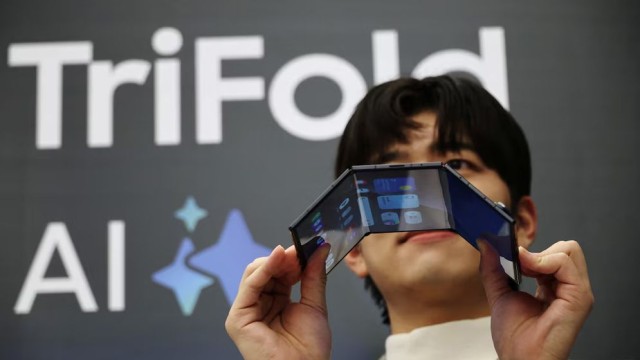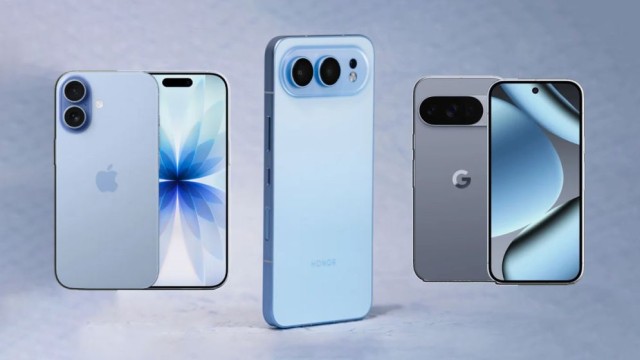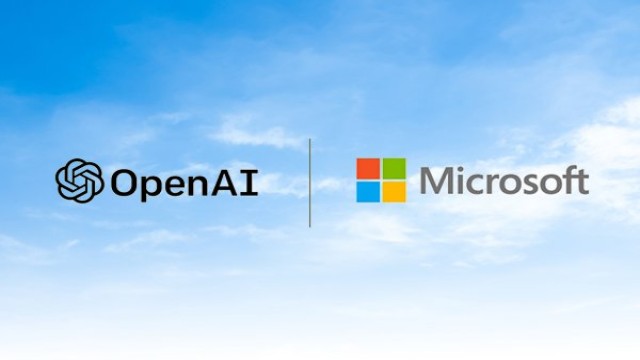While legal controversies involving Elon Musk and OpenAI have dominated recent headlines, a significant development in the field of artificial intelligence has largely gone unnoticed. A pair of researchers has revealed that they were able to remove watermarks intended to indicate AI-generated content in just two seconds, casting doubt on the effectiveness of such measures.
The findings, published in IEEE Spectrum, challenge the efficacy of AI watermarks and labels in distinguishing real from fake content, particularly in the context of combating disinformation on digital platforms. The researchers criticized Meta's reliance on the C2PA and IPTC technical standards for watermarking AI content, describing the approach as "flimsy, at best."
According to the researchers, Meta's promise to label AI-generated images falls short, as the watermarks implemented under the C2PA standard can be easily removed. They demonstrated this by effortlessly eliminating the watermarks without the need for coding or specialized software.
One major flaw highlighted by the researchers is that Meta's approach hinges on bad actors using tools that already embed watermarks into their images, which is not common practice among open-source generative AI tools. Moreover, they expressed concerns that even if bad actors were to comply with Meta's labeling requirements, content created using various AI tools could still evade detection.
In addition to watermarks, other platforms have adopted labeling approaches to address the issue of AI-generated content. However, these labels often create confusion rather than clarity. For instance, TikTok's automated labeling of content as "AI-generated" has been criticized for misidentifying videos that predominantly feature human-generated visuals and audio, with only minor AI-generated components.
The industry's reliance on watermarks and labels as a solution to combat disinformation is increasingly questioned, as evidenced by the confusion and misapplication of such markers. It's clear that discerning between real and AI-generated content requires more nuanced strategies beyond simple labeling or watermarking. As policy analyst Daniel Leufer aptly notes, the mere presence of these markers can inadvertently legitimize unlabeled content, further complicating efforts to combat deception in the digital landscape.































Comment: